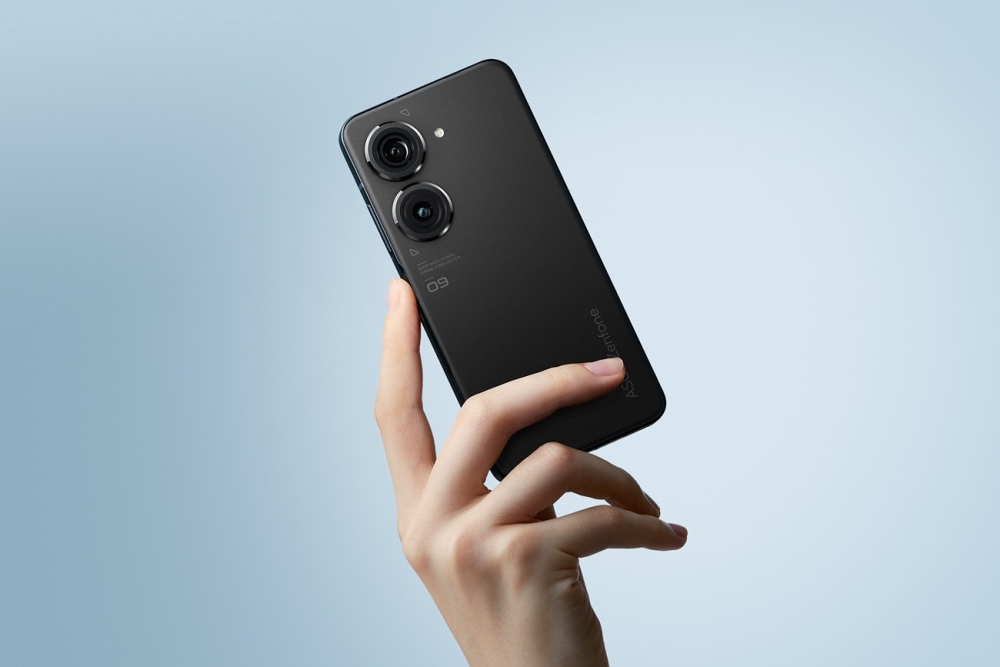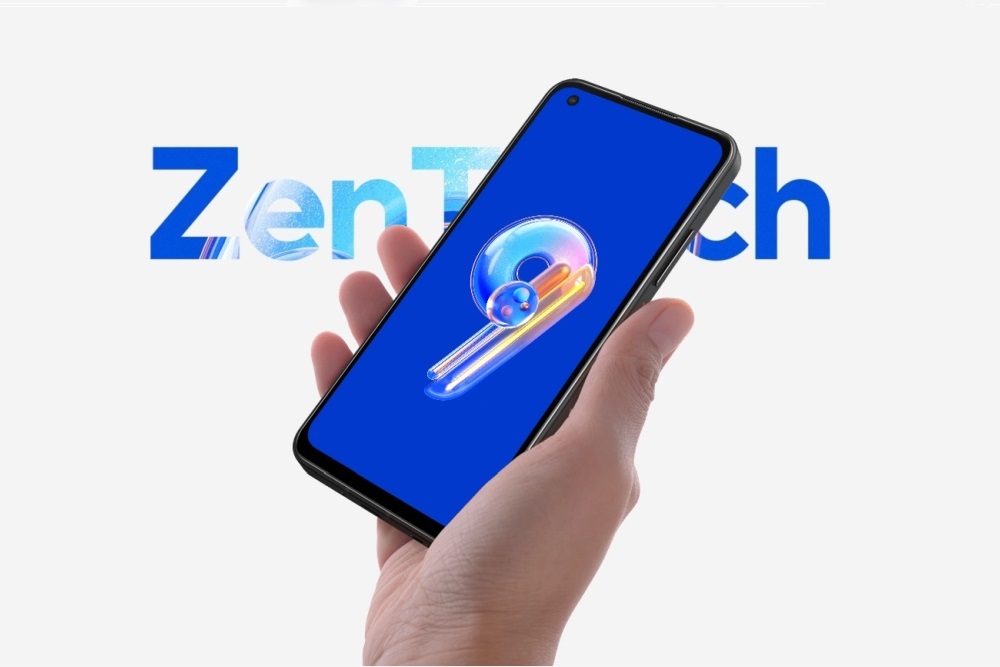By today’s standards, the ASUS Zenfone 9 is tiny. With a form factor that holds a 5.9-inch Full HD+ 120Hz display, it sits comfortably in one hand. You’ll likely struggle to find a use case scenario besides gaming where one-handed operation is impossible. Making things even better is the side mounted fingerprint sensor, which is still bafflingly still not the standard on all smartphones. The company says that this is also programmable, giving you control over what happens when you hold it down or press it twice in quick succession. Also present are the previously revealed gesture commands, and you can dictate what each does. And in true compact flagship fashion, the ASUS Zenfone 9 is not skimping on high performance parts in the name of keeping the phone small. On the inside, it packs the Qualcomm Snapdragon 8 Plus Gen1, so you can be sure that it’s a graphics powerhouse. Powering everything is a 4300mAh battery, which supports 30W charging. On cameras, the ASUS Zenfone 9 is getting rid of the previous generation’s gimmicky flip camera in favour of a more standard two-camera setup. The main one is a 50MP shooter, which is paired with a 12MP wide angle camera. You’ll also notice that there’s no camera island, and each camera sits on the back as its own large bump. Part of this is explained by the six-axis hybrid gimbal stabiliser, moving both lens and sensor for image stabilisation. On the front, it retains the familiar 12MP camera. Rounding up the ASUS Zenfone 9 package is an IP68 rating and a 3.5mm audio jack. The latter is much appreciated, not only because it’s getting rarer and rarer, but also because you can still choose to use wired or wireless headphones. As for its price, the company says that the ASUS Zenfone 9 will have a starting price of EUR799 (~RM3626) for the 8GB + 128GB configuration. This goes all the way up to 16GB + 256GB, though detailed pricing breakdowns were not provided. The company also says that it will be available worldwide “soon”, with no specific date. No local details for either just yet either. (Source: ASUS / YouTube)

